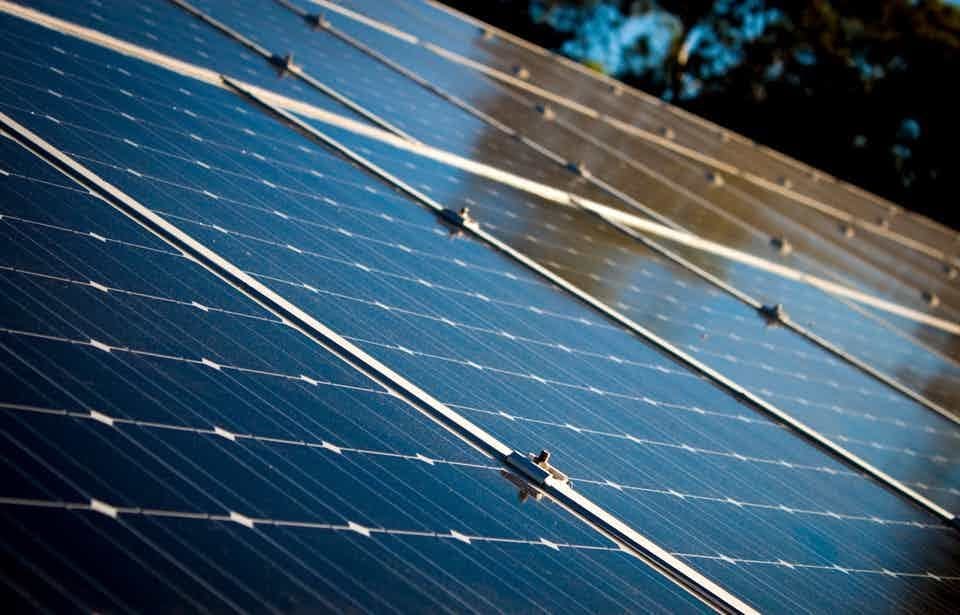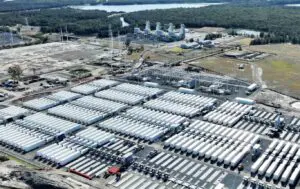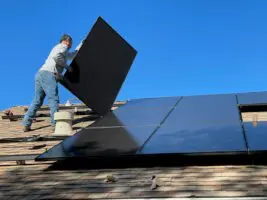The United States experienced its best first quarter ever for new solar installations over the first three months of 2019, installing a record 2.7GW of new capacity, the most new solar ever installed in a first quarter.
Further, Wood Mackenzie Power & Renewables expects 2019 to see 25 per cent growth over last year, with more than 13GW of new capacity expected to be installed by year’s end.
These are the two big highlights from the most recent US Solar Market Insight Report, published quarterly by Wood Mackenzie and the United States’ Solar Energy Industries Association (SEIA) to track the country’s solar industry.
The news comes only a few weeks after Wood Mackenzie and the SEIA announced that the United States had hit the 2 million solar installations milestone.
However, even though it was a big first quarter – when compared to other first quarters – installation figures for Q1’19 were down 37 per cent on the fourth quarter of 2018, while being a 10 per cent increase on the first quarter of 2018.
“The first quarter data and projections for the rest of the year are promising for the solar industry,” said Abigail Ross Hopper, president and CEO of the Solar Energy Industries Association.
“However, if we are to make the kind of progress we need to make the 2020s The Solar Decade, we will need to make substantial policy and market advances.”
US PV capacity installed in the first quarter, Q1 2010 – Q1 2019 (MWdc)
Utility-scale solar PV was the dominant sector through the first quarter, bringing 1.6GW online during the first three months and accounting for 61 per cent of new solar PV capacity installed during the quarter.
There also remains 4.7GW of large-scale projects still under construction, which should see 2019 wind up being a strong year for the utility PV sector and account for 46 per cent of yearly growth.
US Utility PV Pipeline, Q2 2019
“Voluntary procurement of utility PV based on its economic competitiveness continues to be the primary driver of projects announced in 2019,” explained Wood Mackenzie Senior Solar Analyst Colin Smith.
“While many states, utilities and cities have announced or proposed 50 or 100 percent renewable energy or zero-carbon standards, the announcements have not yet resulted in an uptick in RPS-driven procurement.”
The residential solar sector saw only modest growth of 6 per cent annually, with 603MW of new capacity brought online during the first quarter, of which 29 per cent came from markets outside the top 10 US solar states by capacity – the highest share for emerging markets in the industry’s history.
“Despite steady installations in Q1 2019, the residential market is still highly reliant on legacy state markets, such as California and the Northeast, which have seen only modest to flat growth over the past several quarters,” said Wood Mackenzie Solar Analyst Austin Perea.
“As these major state markets continue to grow past early adopter consumers, higher costs of customer acquisition will challenge the industry to innovate product offerings and diversify geographically.”
The country’s non-residential solar was the only sector to see a decline, installing 438MW – a drop on both a quarterly and annual basis.
According to Wood Mackenzie and the SEIA, the drop in non-residential solar for the first quarter – which represents commercial, industrial, and public sector distributed solar projects – is due largely to state-level policy reforms in historically strong markets for the sector, including in California, Massachusetts, and Minnesota.
Looking forward, Wood Mackenzie and the SEIA’s latest projections sees total US solar PV installed capacity more than doubling over the next five years, with annual installations expected to reach 16.4GW in 2021 – prior to the expiration of the residential federal Investment Tax Credit (ITC) and a drop in the commercial tax credit to 10 per cent for projects not yet under construction.












